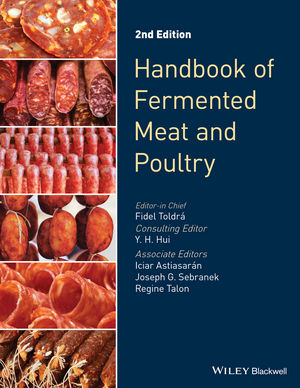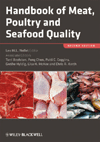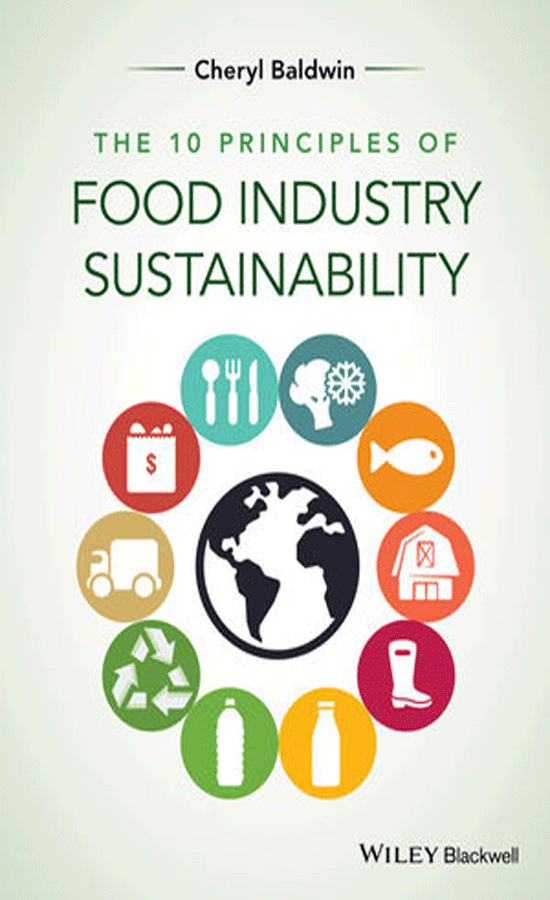Ten standards of Certified Angus Beef
What makes Certified Angus Beef?

Meat Scientist Diana Clark breaks down Certified Angus Beef’s 10 standards.
Photos by Sammy Bredar
Meat scientist Diana Clark breaks down Certified Angus Beef’s 10 standards..

Team 2 presents their value-added beef creation for a friendly competition at Certified Angus Beef.

Sales representatives tour Certified Angus Beef offices in Wooster, Ohio.

Assistant Director, Prepared and Packaged Marketing Services Drianna Lewis showcases Certified Angus Beef’s executive offices.

Teams sample each other’s creations in a contest to create the best value-added beef product.





What makes Certified Angus Beef? To answer this question, the Certified Angus Beef, or CAB, team hosted 11 food industry professionals at the Certified Angus Beef Culinary Center in Wooster, Ohio. The National Provisioner’s Associate Editor Sammy Bredar spent three days with the group and the CAB brand, learning the ins and outs of the beef industry and Certified Angus Brand history.
 Certified Angus Beef brand logo at Chippewa Valley Angus Farms
Certified Angus Beef brand logo at Chippewa Valley Angus FarmsIn 1978, the Certified Angus Beef brand began as a way to differentiate true, quality Angus beef. To set the standard for what makes Certified Angus Beef, the CAB brand has set 10 clear specifications for its beef.
First, cattle must have a predominantly black coat to be considered Certified Angus Beef cattle. After that, the cattle must the following 10 standards:
- Marbling
- Marbling must be modest or higher.
- Marbling texture
- Marbling texture must be medium to fine.
- Harvest age
- Harvested cattle must be less than 30 months of age and only A-maturity lean.
- Ribeye area
- Ribeye area must be 10 to 16 square inches.
- Up to 19 inches can be accepted for tenderloin, brisket, thin meat, chuck and round cuts. This does not include larger ribeyes, ribs, strip and short loins.
- Hot carcass weight
- Hot carcass weight must be 1,100 pounds or less.
- Fat thickness
- Fat thickness must be one inch or less.
- Muscling—superior.
- No capillary ruptures
- For visual appeal, there must be essentially no capillary ruptures.
- No dark cutters
- This standard is also for visual appeal.
- Neck hump
- Neck humps must fall below 2 inches. This is to protect against cattle that have more variability in tenderness.
To learn more about the Certified Angus Beef brand, visit certifiedangusbeef.com.
Looking for a reprint of this article?
From high-res PDFs to custom plaques, order your copy today!













